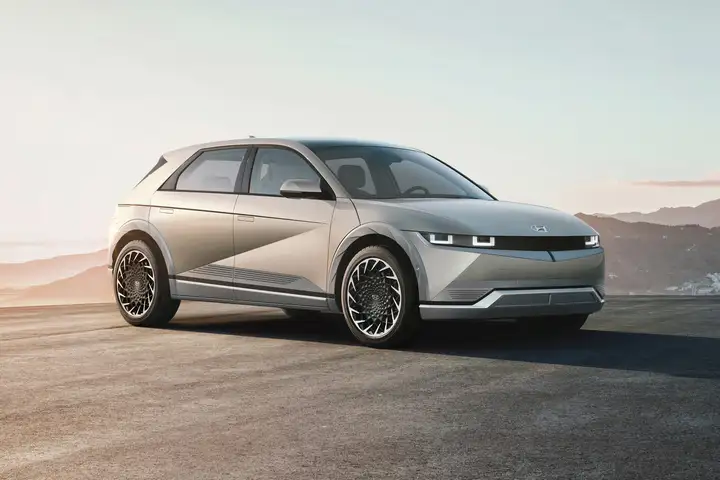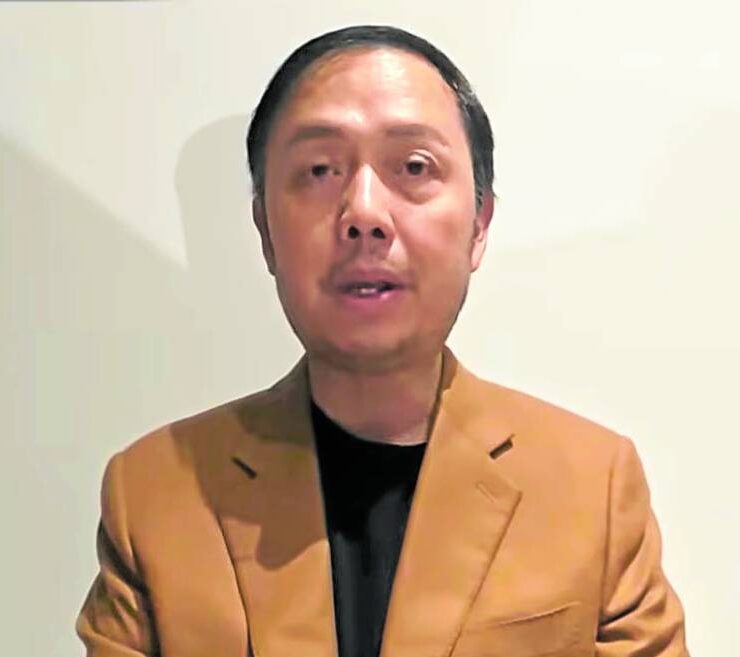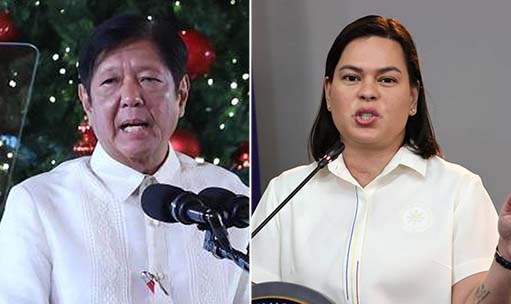Revving up the e-vehicle industry

The development of the country’s fledgling electric vehicle industry is expected to go up a gear after President Marcos declared last week that he wants e-vehicles to account for at least half of the vehicles on the road by 2040.
A bold and ambitious goal for sure as e-vehicles today number just 7,000, or a minuscule .001 percent, of the 14.3 million registered vehicles at the end of 2023.
But Mr. Marcos has been at the very least consistent in the policy direction toward widespread adoption of e-vehicles, and most recently directed the Department of Energy and other concerned government agencies to put their heads together and speed up the implementation of action plans as well as craft effective strategies to make electric vehicles a more visible component of the public and private transportation sectors.
Specifically, he wants his lieutenants to focus especially on integrating e-vehicles into public transportation, given that the sector is the largest source of air pollution and energy-related greenhouse gas emissions that warm up the world’s atmosphere and disrupt weather patterns with often devastating consequences such as more frequent and more severe droughts and typhoons.
Legislative arsenal
Indeed, according to DOE data, transport GHG emissions contributed to 34 percent of total GHG emissions in the country, with road transport accounting for 80 percent of those emissions.
“President Marcos has instructed the concerned agencies to work together to study the integration of the EV industry so we can strengthen the local manufacturing of electric vehicles and supporting battery charging mechanisms in order to encourage the electrification of the public transport sector,” Palace briefer Daphne Oseña-Paez said.
“If we aim to fulfill our pledge to the Paris Agreement, we need to boost the share of electric vehicles in the total projected vehicle fleet nationwide,” Mr. Marcos said earlier.
The government does have the legislative arsenal to make Mr. Marcos’ EV goals happen, with the passage of the Electric Vehicle Industry Development Act and the crafting of the Comprehensive Roadmap for Electric Vehicle Industry that provide the enabling environment for the EV targets to be met.
But as what always happens with these laws, the problem lies in the commitment and the allocation of resources needed to bring these provisions on paper into reality.
Upfront cost
For example, the Department of Trade and Industry already talked last year about providing incentives such as subsidies and tax breaks to encourage the local manufacturing of as many as four million EV units—from two-wheelers to e-trikes and e-public utility vehicles and e-buses—in the next 10 years.
It has also announced plans to provide consumers and PUV operators with rebates and discounts to encourage them to buy an EV over a fossil-fired one.
So why the delay? These have to be in place and operational if the cost gap between e-vehicles and traditional cars using fossil fuels is to be narrowed, making it easier for consumers to choose an EV.
The economics are compelling, after all.
E-vehicles that are used as PUVs are said to lead to P2.4 million in savings over 15 years of operations. But then buyers today have to bear a 20-50 percent higher upfront cost compared to diesel or gas-fueled vehicles, thus the crucial role that subsidies and affordable financing schemes will play in making more people switch to e-vehicles.
‘Range anxiety’
Then there is the crucial issue of installing enough charging stations to address the “range anxiety” that has been pushing customers firmly away from e-vehicles, especially those who have to travel outside Metro Manila.
To date, there are just 73 charging stations in the country, but the idea is to have 66,500 by the end of Mr. Marcos’ term in 2028. With Mr. Marcos’ policy, the private sector should have enough of an incentive to do its part and invest in the charging stations while coming up with a wider array of models to choose from and at lower costs.
There are other sweeteners that the Marcos administration is putting on the table, such as the reduction or suspension of import tariffs; priority registration and processing of franchise, and exemption from the number coding scheme.
Lingering concerns
Mr. Marcos had also approved the temporary removal of tariffs on imported electric vehicles and the lowering of the tax rate on their parts and components to “help boost the e-vehicle market in the country …”
There are, however, lingering concerns over whether electric vehicles are indeed as green as they are positioned to be given that the raw materials made to use them and their batteries—from nickel, copper, and lithium—also come at a steep environmental cost.
But as of now, there is a clear need to reduce the GHG emissions and electric vehicles clearly provide one of the answers to that goal.
The government just has to do what it can for them to make the right choice that will not come with a blow to their already stretched budgets.



















